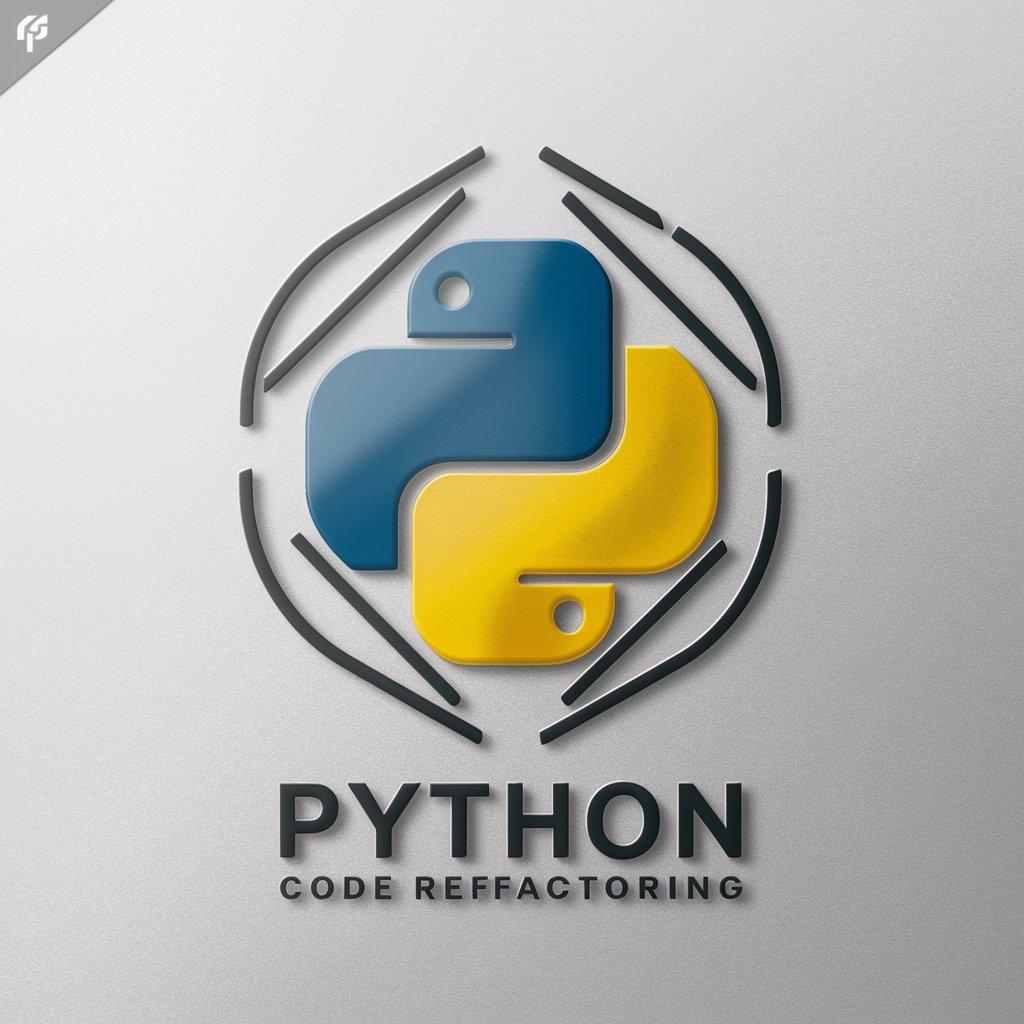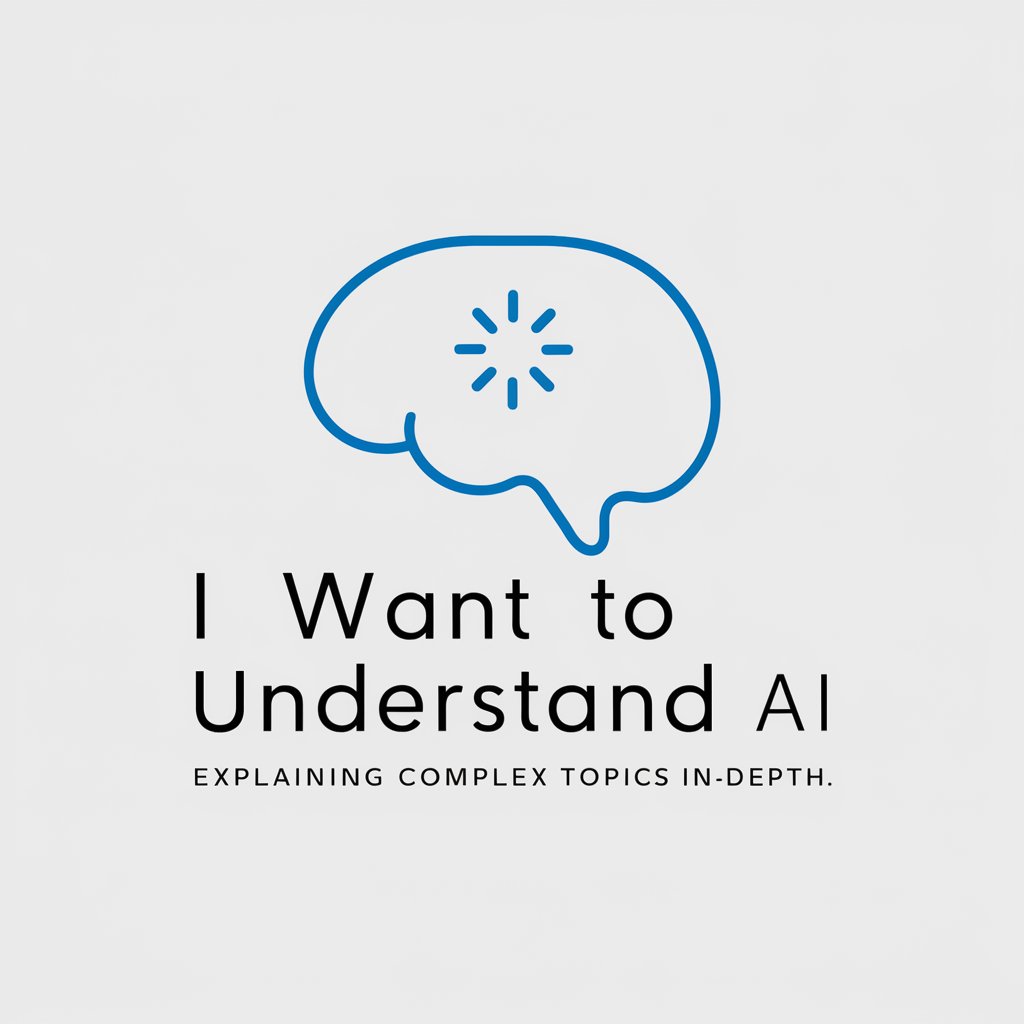Python Code Refactoring - Python Code Refinement

Welcome to Python Code Refactoring Assistant.
Empowering code quality with AI
Refactor this Python code to enhance readability and maintainability:
Optimize the performance of the following Python script:
Improve the scalability of this Python project:
Apply best practices to the given Python code to ensure maintainability:
Get Embed Code
Understanding Python Code Refactoring
Python Code Refactoring involves the process of restructuring existing computer code—changing the factoring—without changing its external behavior. Its primary goal is to improve nonfunctional attributes of the software. Advantages include enhanced code readability, reduced complexity, improved maintainability, and increased efficiency. For example, converting a series of repetitive code blocks into a more dynamic loop or function not only reduces the amount of code but also simplifies future modifications. Another scenario involves optimizing data structures or choosing more efficient algorithms to improve performance without altering the software's functionality. Powered by ChatGPT-4o。

Core Functions of Python Code Refactoring
Improving Code Readability
Example
Replacing cryptic variable names with more descriptive ones, breaking down complex functions into smaller, more manageable ones.
Scenario
In a large project where new team members struggle to understand the code base, making these changes can significantly lower the learning curve and improve collaboration.
Optimizing Performance
Example
Identifying and replacing slow or inefficient pieces of code with more efficient algorithms.
Scenario
For a data processing application experiencing slow performance, refactoring to use more efficient data structures like dictionaries for faster lookups can drastically reduce execution times.
Ensuring Scalability
Example
Modularizing code to support easier addition of new features without affecting existing functionality.
Scenario
When an application is expected to grow in functionality over time, having modular code makes it easier to integrate new features without extensive reworking of the existing code base.
Facilitating Maintainability
Example
Implementing consistent coding standards and practices across the project to simplify future updates and maintenance.
Scenario
In a scenario where multiple developers work on the same project over time, maintaining consistent coding standards ensures that anyone can easily understand and modify the code as needed.
Ideal Users of Python Code Refactoring Services
Software Developers
Developers at all levels can benefit from refactoring services to improve the quality of their code, making it more readable, maintainable, and efficient. It's particularly beneficial when working on legacy systems or integrating new features into an existing code base.
Project Managers
Project managers overseeing software development projects can utilize refactoring services to ensure the code base remains clean, well-organized, and scalable. This can lead to more efficient project timelines and higher quality products.
Quality Assurance Engineers
QA Engineers looking to improve the reliability and performance of software can leverage refactoring to identify and correct inefficient code paths, leading to more stable and efficient applications.
Educators and Students
In educational settings, both teaching professionals and students can benefit from understanding and applying code refactoring practices to learn and reinforce good programming habits, critical thinking in code optimization, and maintenance strategies.

Guidelines for Using Python Code Refactoring
Initiate the Refactoring Process
Begin by visiting a platform offering code refactoring services, such as yeschat.ai, where a free trial is available without the need for login credentials or a ChatGPT Plus subscription.
Analyze the Existing Code
Upload or paste your Python code into the designated area. It's crucial to have a clear goal for refactoring, whether it's to improve readability, performance, or maintainability.
Specify Refactoring Needs
Clearly define your refactoring objectives. Are you looking to optimize for performance, enhance code readability, or adhere to best practices? Your clarity will guide the refactoring process.
Review Suggestions
Examine the refactoring suggestions provided. These will include changes aimed at improving your code's structure and efficiency while maintaining its functionality.
Apply and Test
Implement the suggested refactoring changes. Always ensure to test your code thoroughly after refactoring to verify that its functionality remains as intended.
Try other advanced and practical GPTs
G-59 Algebra Lesson Plan Maker
Simplifying Algebra with AI-Powered Planning

Flirt GPT
Revolutionizing Dating Advice with AI

LYRIC
Empowering your music with AI-crafted lyrics.

Culinary Explorer
Discover your next favorite meal with AI.

Dreamweaver Muse
Empowering your storytelling journey with AI.

Titi & Toto Talk Script
Craft Engaging Stories with AI

英語質問→日本語回答
Seamless English to Japanese AI Translations

I WANT TO UNDERSTAND
Unlocking Knowledge, Simplifying Complexity

Xツイート作成
Craft tweets smartly with AI

起業遊戯:Entrepreneur's Odyssey
Craft Your Business Saga with AI

Prompt Optimizer
Refining your prompts with AI precision

Debate Master
Refine your debate skills with AI

Python Code Refactoring Q&A
What is Python Code Refactoring?
Python Code Refactoring involves restructuring existing computer code—changing the factoring without altering its external behavior—to improve nonfunctional attributes of the software.
When should one consider refactoring Python code?
Refactoring is advisable when you need to improve code readability, reduce complexity, enhance performance, or ensure compliance with coding standards.
What are the benefits of Python Code Refactoring?
Refactoring improves the maintainability of the code, makes it easier to understand, enhances performance, reduces future bug risks, and helps in keeping the codebase clean and organized.
Can refactoring impact the performance of Python applications?
Yes, refactoring can significantly impact performance. By optimizing algorithms and data structures, reducing redundancy, and improving code efficiency, applications can run faster and use resources more effectively.
How can one ensure quality during the refactoring process?
Quality in refactoring can be ensured by thoroughly testing the code after each refactoring step, adhering to Python coding standards, and using code review processes to validate changes.
